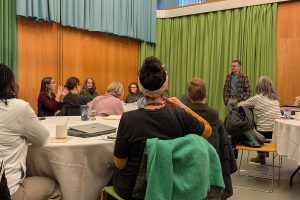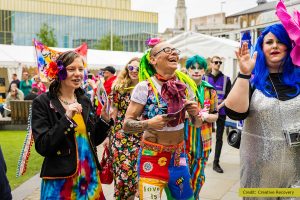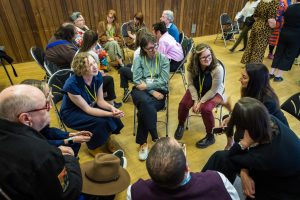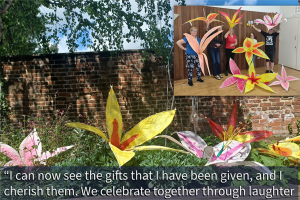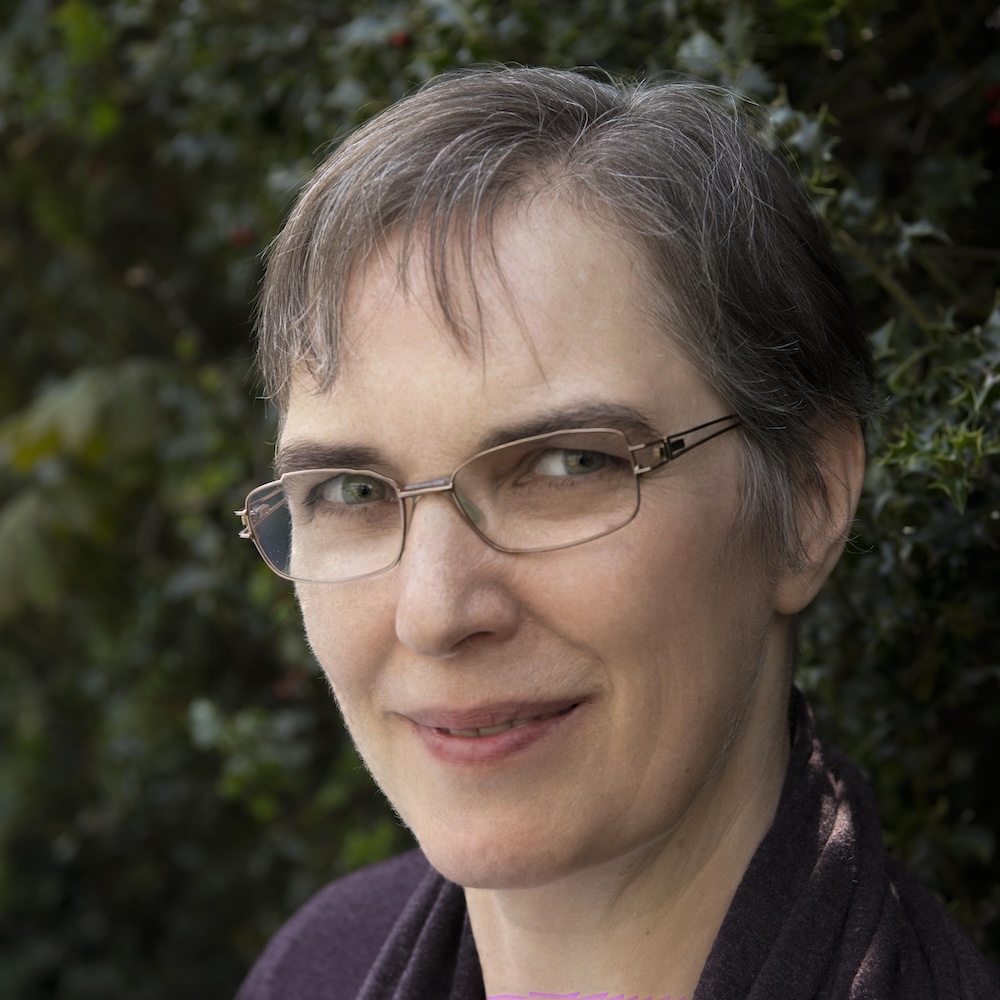
Helen Kara, a leading independent researcher, author, teacher and speaker, explores creative research methods: how they can be applied, how they are treated with suspicion by some and welcomed by others, and how effective they can be in the right hands.
The term ‘creative research methods’ is used to describe a range of unconventional methods for any or all stages of the research process. Conventional research methods include the randomised controlled trial (RCT), survey, questionnaire, interview, and focus group. Yet they are not very old. RCTs and focus groups date back to the 1940s which is within living memory. Interviews began being used by researchers in the early 1900s, and surveys and questionnaires are less than 200 years old.
Creative researchers argue against the ‘hierarchy of methods’ which claims that RCTs are the gold standard, regardless of the context or topic of the investigation. For creative researchers, the aim is to know as much as possible about as many methods as possible, because that gives us the best chance of choosing the method(s) which will help us find answers to our questions in our specific and unique situations.
Creative methods include arts-based methods, tech-based methods, embodied methods, multi-modal research and transformative research frameworks such as participatory or co-produced research. Arts-based methods draw from visual arts, textiles, music, performing arts, written arts, photography and video – which is where arts-based and tech-based methods overlap. Other tech-based methods include making use of apps, social media, digital polling and so on. Embodied researchers use their own physical and emotional sensations, and sometimes those of their participants, as part of their dataset. (They argue, quite reasonably, that all research is embodied as none of us can do research without or outside our bodies. However, we do have a choice about whether we want to work in an explicitly embodied way – and, if we do, then we can choose the extent of that focus within our research.) Multi-modal research is where more than one method is used at any stage of the process. Transformative research frameworks exist to support research for positive change, a big step away from the conventional view of the researcher and of research as neutral. That view has now been quite thoroughly discredited – we all have biases which affect our work and lives – but it still holds sway in some quarters.
Creative methods can be used at any stage of the research process. You could storyboard your research design, incorporate novels, poems, and films into your literature review, gather data via a computer game, analyse that data with emojis and poems, report it in graphic novel form, present it in song, and make an animation for dissemination. But just because you could do that doesn’t mean you should. The point is to know that you can – and then to make the best choices of methods, creative or conventional, for your project.
Also, creative methods can be – and are being – used in all disciplines. From pure maths to fine art, engineering to sociology, law to economics, there are examples of creative research methods in every field and sector. Yet some people still regard creative methods with a degree of suspicion. This seems odd to me, as all research is creative. I think we use the wrong verb for research, we talk about ‘doing’ research when really we’re ‘making’ research. And imagination is a key component because someone needs to imagine the possibility of a research project before that project can happen.
One group of people who do not view creatively conducted research with suspicion is policy makers. The phrase ‘evidence-based policy’, combined with the importance of the policy maker’s job, leads people to believe that policy makers should, and do, make policy only on the basis of the most robust and conventionally generated research evidence. In fact scholars of policy have found, time and again, that policy makers base their policies on a very wide range of evidence, from anecdotes to case law, census data to family discussions. So there is no reason why creative research evidence should be excluded from policy making – and indeed there is evidence that it is included.
Here are three examples of creative research:
Penelope Carroll and her colleagues in New Zealand investigated the health and wellbeing of people living in ‘marginal housing’ such as tents, garages, and sheds. They conducted in-depth interviews and thematic analysis, and then they created 34 poems, one for each ‘household’ that had taken part. The poems combined descriptions of participants’ living situations taken from researchers’ field notes with words from the interview transcripts. The researchers shared the poems with their participants first, and received very positive feedback. Then the poems were recorded onto CDs and disseminated to policy makers as well as public health workers and the general public.
Ellie Byrne and her colleagues in Wales worked in a post-industrial area in the south Wales valleys which is highly deprived and stigmatized. They conducted participatory research into local health and wellbeing with school-age children, their parents, and working-age men. They began with conventional methods but found that arts-based methods were more use in helping people to ‘say the unsayable’, such as about the relational aspects of wellbeing. They used photographs, poems, songs and stories. Then they worked with National Theatre Wales to create a performance by participants. This performance was given at a local club to around 200 community and policy audience members, including people from the National Assembly of Wales, the Welsh Government, the local authority, the Arts Council, and Westminster. The performance generated deep discussions, and the audience feedback was ‘that the show was able to convey powerful messages about everyday health and wellbeing and that it was able to challenge stereotypical views held about particular groups’ (p i28).
Mar Estupiñán Fernandez de Mesa and her colleagues in London used creative methods to enrich the analysis of sexual health research with people of Black Caribbean heritage. They took a collaborative approach, holding workshops with community members, their representatives, community-based organisations, public health/sexual health professionals, and researchers. In the workshops they used videos, photographic images, visual cues, diagrams, illustrations, and notes to work with the research findings. This led to three key recommendations for policy makers, which formed the basis of co-produced policy guidance published by Public Health England in 2021. The project also co-produced a short video to help disseminate their research which was very well received.
So creative health research can, and does, inform policy. Which is exactly what we are aiming to do with our own project. Watch this space!

